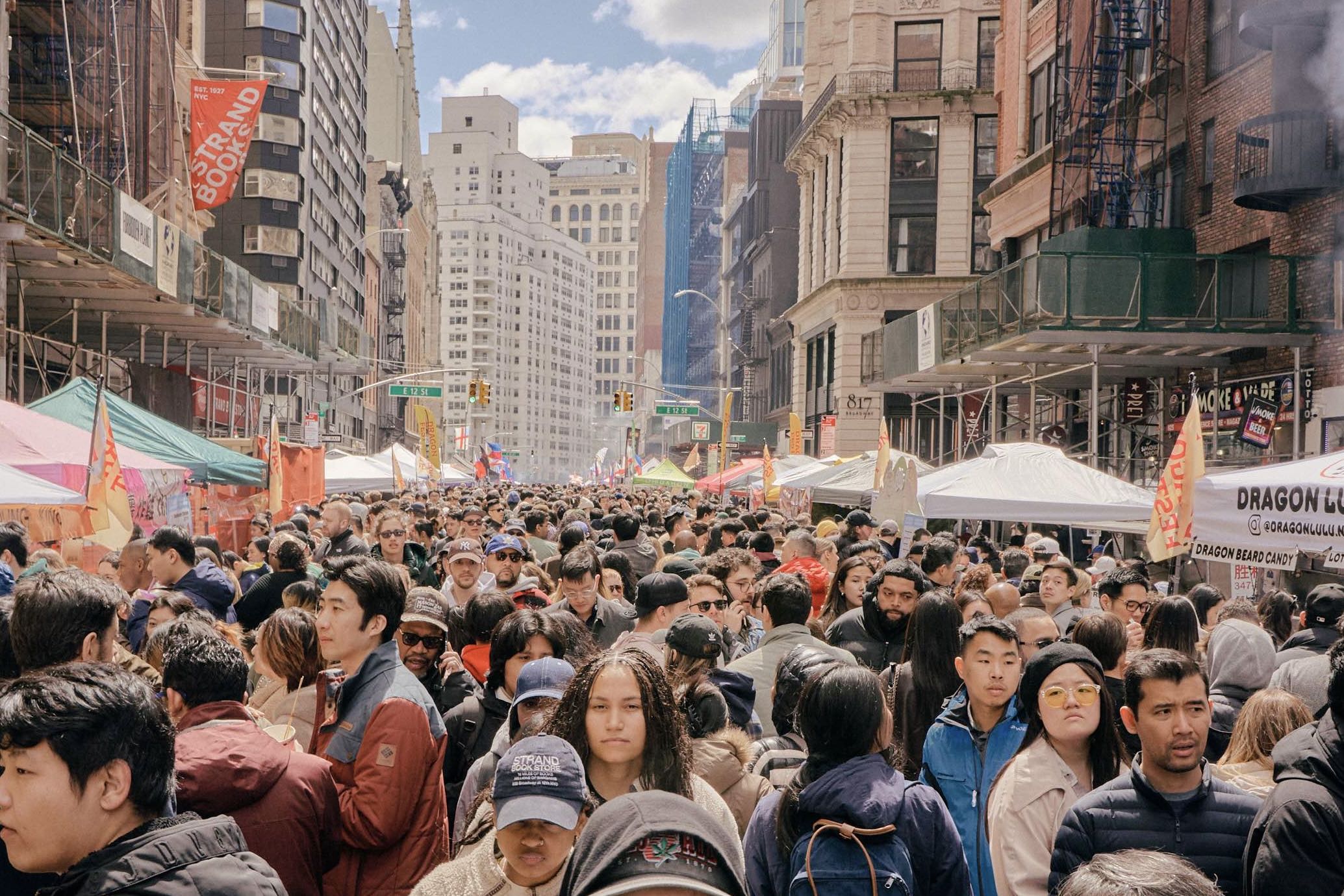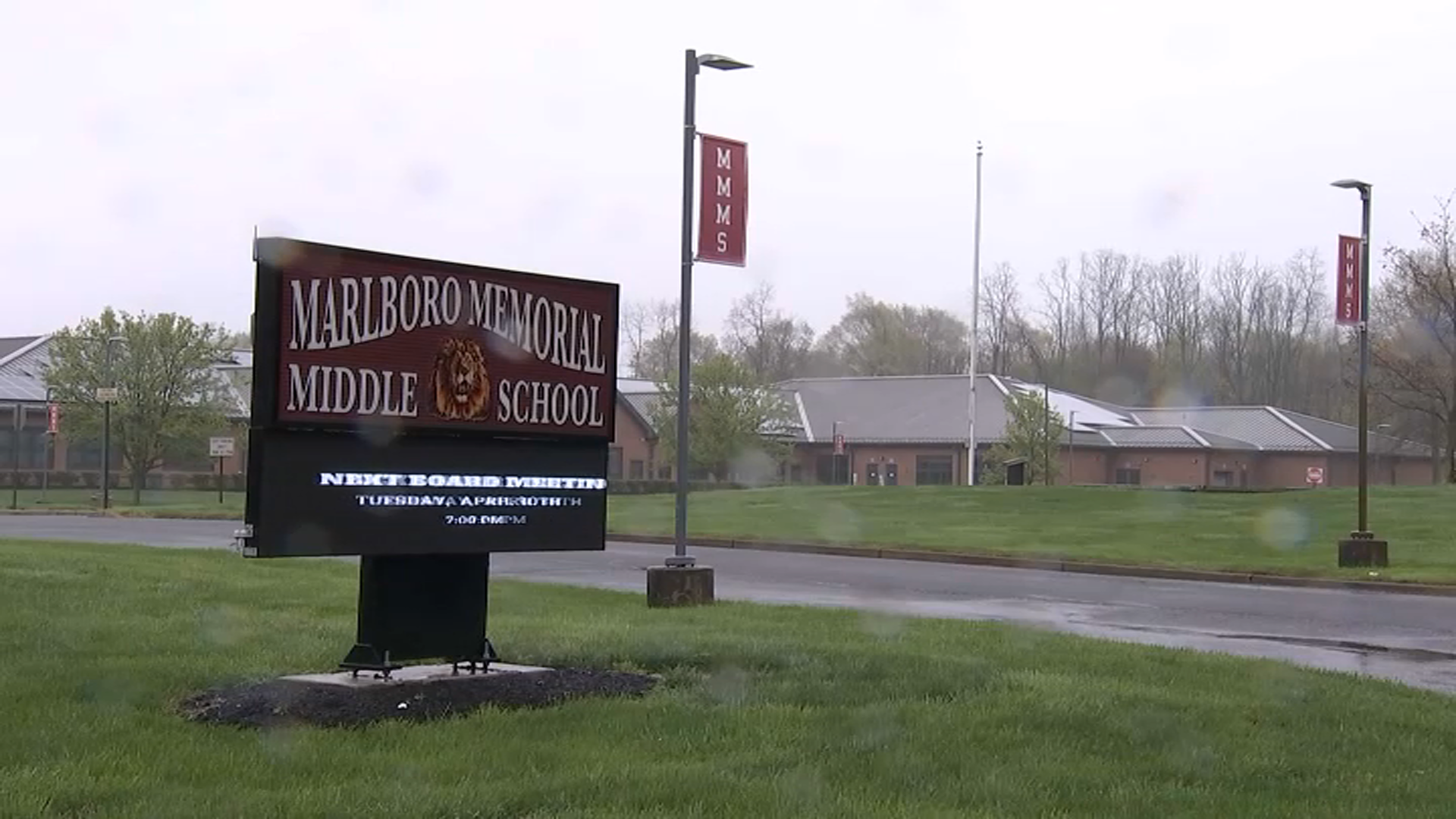A dramatic race gap persists at the city’s most elite public high schools, a product of a single standardized entrance exam that privileges students who have been intensively primed and prepped through expensive private tutoring programs, NBC 4 New York's I-Team has found.
At Stuyvesant High School, widely viewed as the crown jewels of the top public high schools, just two percent of incoming ninth-graders are black, and 3.5 percent are Hispanic, according to preliminary enrollment numbers obtained by the I-Team.
In the general New York City public school population, the two groups comprise a total of 77 percent.
Meanwhile, 71 percent of the year's incoming ninth-graders at Stuyvesant are Asian.
"It's alarming to see how low these numbers are," said Neida Guzman, whose son Jonathan is a black middle-schooler and hopes to get into Stuyvesant.
All of the incoming freshmen took the SHSAT standardized exam to get into Stuyvesant and other top schools like Bronx High School of Science and Brooklyn Technical High School. And city officials and critics agree that it's nearly impossible to score high on the exam without tutoring.
The opportunity to succeed on the exam as a result of private instruction tends to be predicted by the student's race. For example, in Flushing, Queens, an increasing number of young students from Asian immigrant families are spending summers and weekends at private test prep sites like Elite Academy.
Local
Director Jeannie Kim said her customers can afford the tutoring, though some struggle and use payment plans. But she believes the reason Asian-American students flock to tutors, and therefore score high on the entrance exams, can be traced to cultural roots.
"The cultures, sort of on the Asian side and the Eastern Europeaners, they're used to going to school six days a week," director Jeannie Kim said.
But she recognizes that the test-taking skills that students pick up at Elite Academy give them a clear advantage many others don't have.
"It would be great if it could be provided to everyone so that everyone has a fair chance to be able to get into these schools, especially if they have the potential to do so," she said.
Recognizing the problem of access, New York City Schools Chancellor Dennis Walcott launched a program earlier this year to offer free test preparation in communities where it would normally be unaffordable. Test prep experts from the Kaplan company worked with the Department of Education on crafting a new and improved curriculum for the program, called DREAM.
"It gives them the opportunity to compete at a specialized high school, and they graduate from there, they get an opportunity to go to a high-performing college, and really, it helps with their income and earning power," Walcott said.
The DREAM program offers tutoring to 2,400 randomly selected gifted students in disadvantaged communities. The Department of Education is not allowed to select students based on race, so the lottery is instead open to low-income students with top scores on their fifth-grade standardized math and English exams, according to Walcott. Forty-seven percent of the children selected for the DREAM program this year were black and Hispanic.
In East New York, Brooklyn, where one of the 18 DREAM sites is located, students have found immediate payoffs in the program. Asanni Brown of Canarsie, who is 13 years old and wants to go the Bronx High School of Science, says he is already learning material that was never taught in his middle school.
Critics say private tutoring programs are a short-sighted answer to a system-wide problem. As long as the SHSAT covers material and strategies not taught in public schools, and as long as some families pay for private tutoring, the race gap will persist, they say.
“What is the Chancellor saying about the school system that he runs that it’s necessary to bring in Kaplan to tutor kids?” asked Michael Holzman of the Schott Foundation for Public Education. "The New York City public schools are charged with educating the children. What needs to be done is to align the curriculum of the middle schools with these high schools and the test.”
The DREAM program is also limited in that it only accommodates so many students. Of all the gifted students that the Department of Education identified in communities of color, 1,200 did not get into the DREAM program because of a limited budget.
"There are a lot of black kids who are smart and they don't have this opportunity that I have," said a girl who attends the DREAM program in East New York.
That's the case for Jonathan Ettricks, who's gifted by all measures but wasn't selected in the DREAM lottery. He's now studying on his own.
"I read through little tips in books, and I also practice on an SHSAT book," he said.
Holzman charges that in its own way, the DREAM program also contributes to a system that could be described as "segregation."
Walcott dismisses the complaints, saying the answer is not in changing the test but perhaps expanding the DREAM program in the future so that all gifted children will have an equal chance.
"The initiative is to try to deal with the leveling of the playing field to make sure we're providing access to students of color," he said. "Critics will be critics."
Get the latest from NBC 4 New York anytime, anywhere. Follow us on Twitter, Facebook and Google+. Get our apps here and sign up for email newsletters here. Get breaking news delivered right to your phone -- just text NYBREAKING to 639710. For more info, text HELP. To end, text STOP. Message and data rates may apply.



